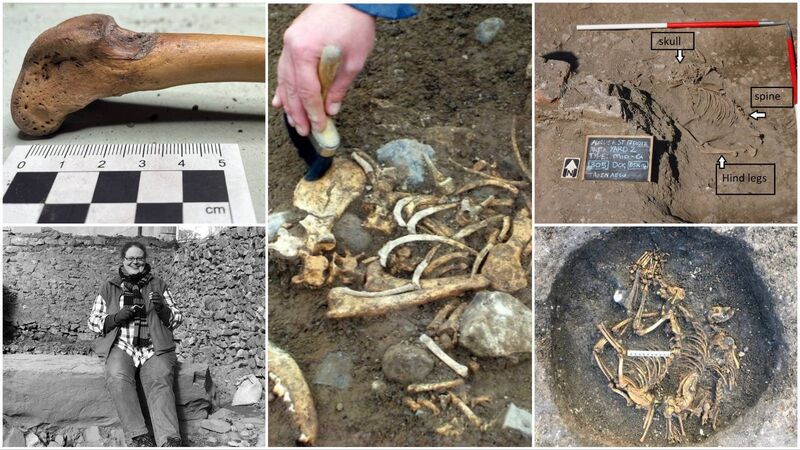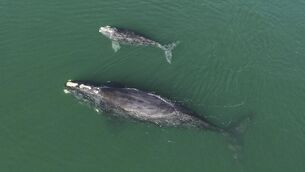What were dogs here like 1,000 years ago? Were they pets or working dogs... or wild?

Viking Dublin Dogs is a grassroots research project, initiated by Dr Ruth Carden, involving more than 30 leading specialists and scientists from both commercial archaeology and academic sectors from six different countries
We are a grassroots research project involving more than 30 leading specialists and scientists from both commercial archaeology and academic sectors from six different countries, voluntarily forming a researcher pack coming together over their mutual love of dogs, horses and archaeology. [Dr Ruth Carden initiated this research project and is the principal investigator of the Researcher Pack, based in the School of Archaeology, UCD, Dublin]








